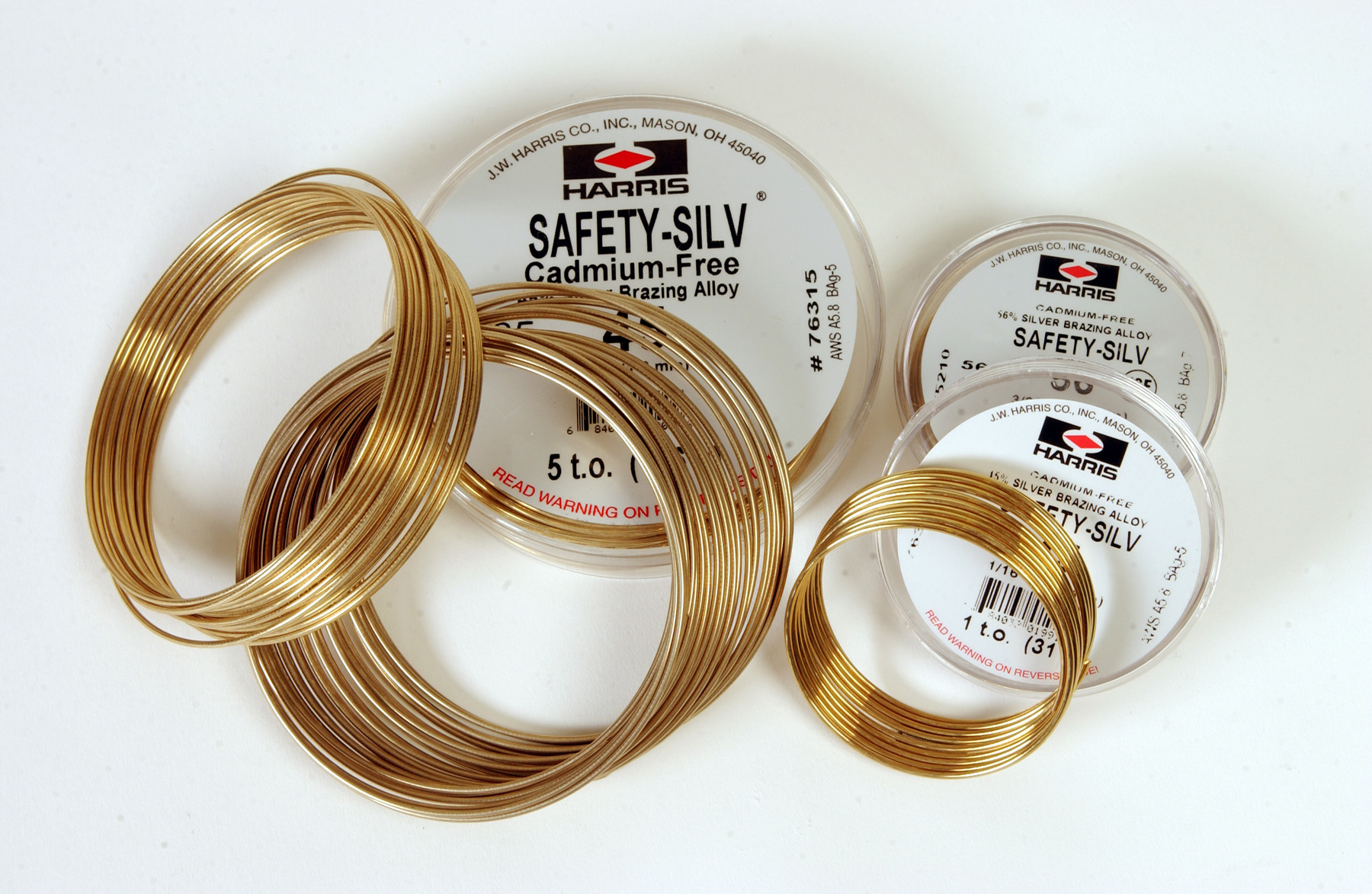The mainstreaming of tin-silver solder was likely a result of the anti-lead movement. Adding further confusion into the mix, is the advent of lead-tin-silver solder (also called silver solder), which is intended to increase electrical conductivity within high-fidelity electronic circuits.
Silver brazed piping joints are to this day widely used in business and industry within low to medium pressure applications. The joints are relatively easy to makeup (no fancy welding equipment), and more importantly, the joints can be disassembled and reassembled without grinding out welds. The high strength of a brazed joint hinges solely on the shear-strength of the brazing alloy. Inadvertently putting silver-solder into a joint that’s holding back 300 degree F pressurized water, or pressurized ammonia, or pressurized gasoline, is a very serious accident waiting to happen. If one were to dive into the historical chapters of ASTMs and the BPVC, I’m sure they’d find references to case-studies where people have died from the use of silver solder within joints intended for use with silver-braze – as there’s a reason why our technical books and references have been rewritten to specifically distinguish between soldering and brazing.
Silver-Tin solder has its place within low-pressure and low-temperature joints, such as potable water copper pipes, open-ended drain and collection piping, and possibly within some HVAC applications also.
Lead-Tin-Silver "silver-solder" belongs on transistor leads.
Silver-Solder alloys have no business whatsoever within high-energy steam joints.
























































![MeshMagic 3D Free 3D Modeling Software [Download]](https://m.media-amazon.com/images/I/B1U+p8ewjGS._SL500_.png)











